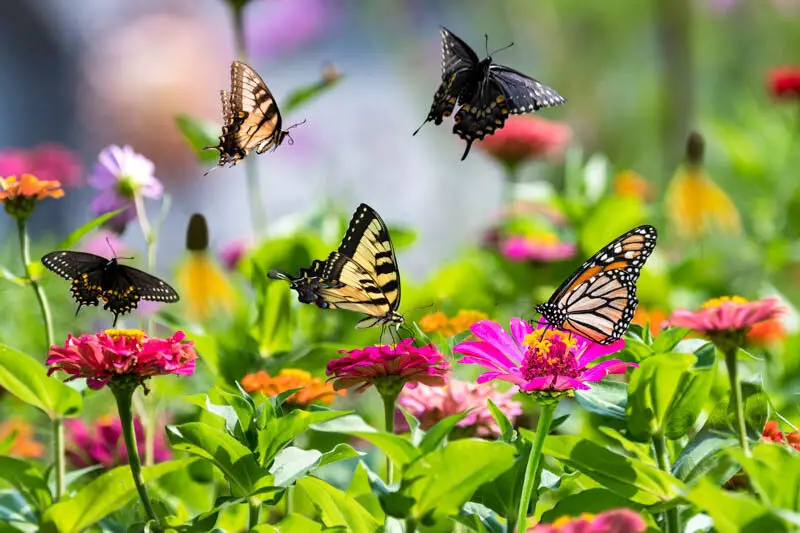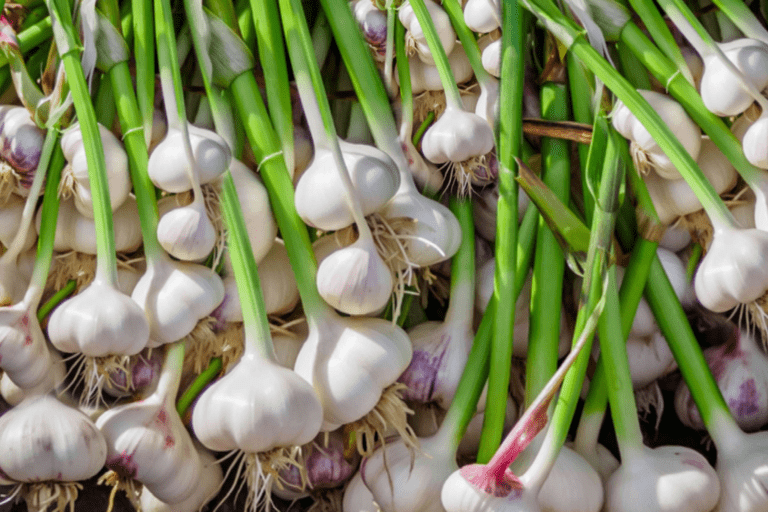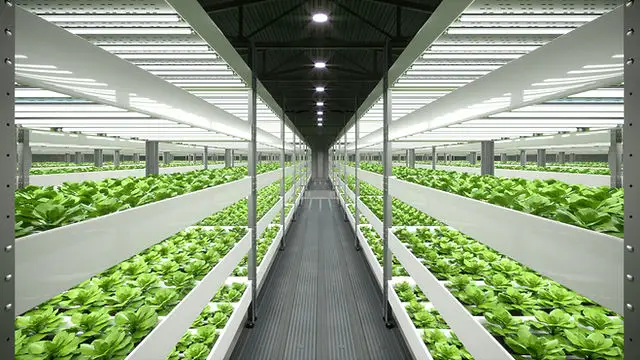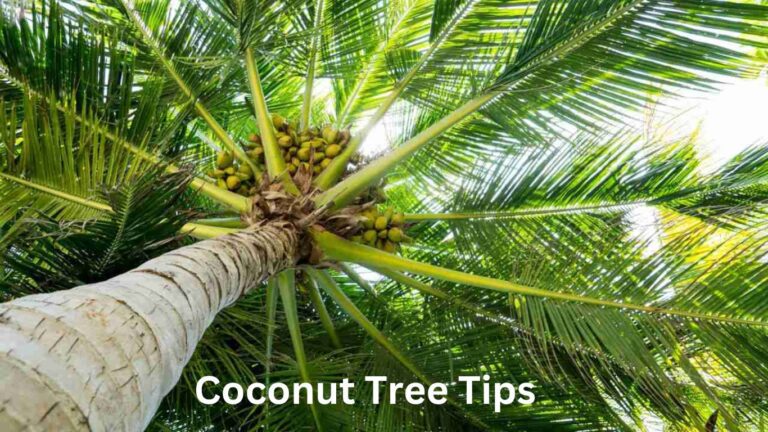Butterfly Garden Design: 15 Essential Tips
Heading 1: Planning for Your Butterfly Garden
When planning for your butterfly garden, it is essential to consider several key factors to ensure the success and thriving environment for these delicate creatures. Understanding the specific needs of butterflies and their lifecycle is crucial in creating a welcoming habitat. By selecting the right plants, providing adequate food sources, shelter, and water features, you can attract a diverse range of butterfly species to your garden.
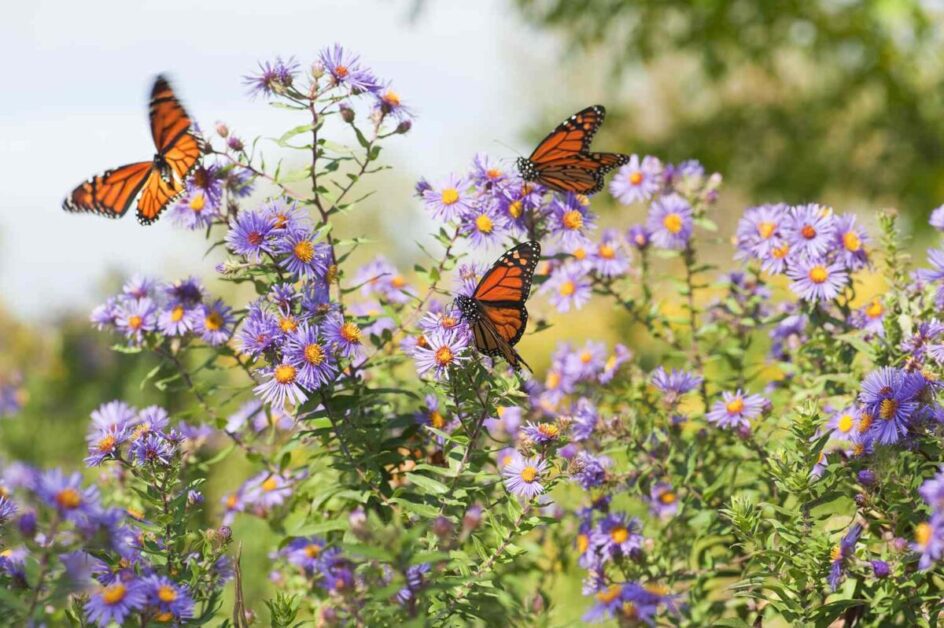
Additionally, it is crucial to avoid the use of pesticides and herbicides in your garden to protect the butterflies and maintain a healthy ecosystem. Proper drainage and soil maintenance are also vital aspects to consider in planning your butterfly garden. By incorporating colorful flowers, host plants for caterpillars, and butterfly feeders, you can enhance the beauty of your garden while supporting the lifecycle of these graceful insects.
Heading 2: Choosing the Right Location
When selecting the optimal location for your butterfly garden, consider an area that receives ample sunlight throughout the day. Butterflies thrive in warm, sunny environments, so choosing a spot with at least 6-8 hours of direct sunlight is essential for their well-being. Additionally, ensure the location is sheltered from strong winds, as this can disturb fragile butterfly wings and make it challenging for them to navigate and feed effectively.
Moreover, it’s important to pick a location away from heavily trafficked areas or places with high levels of noise, as butterflies are sensitive creatures that can be easily scared off by constant disturbances. A peaceful and quiet environment will encourage butterflies to visit and stay longer in your garden, allowing you to appreciate their beauty and observe their fascinating behaviors up close. By strategically selecting the right location for your butterfly garden, you can create a welcoming habitat that attracts and sustains these delicate winged creatures.
Heading 3: Selecting Native Plants
When it comes to selecting plants for your butterfly garden, choosing native species is crucial for attracting and supporting local butterfly populations. Native plants have co-evolved with local butterflies and provide the necessary food, shelter, and breeding sites that these delicate insects require. By incorporating native plants into your garden, you can create a sustainable and thriving ecosystem that benefits both butterflies and the environment.
Native plants are adapted to the specific conditions of your region, making them hardier and more resilient to local climate fluctuations. This means less maintenance and watering requirements, as these plants are naturally suited to the soil and weather patterns of your area. Additionally, native plants attract a wider variety of butterflies and other beneficial insects, creating a diverse and vibrant garden teeming with life. By carefully selecting native plants for your butterfly garden, you can contribute to the conservation of local butterfly species and promote biodiversity in your backyard.
Heading 4: Providing Food Sources for Butterflies
To attract butterflies to your garden and support their lifecycle, it is crucial to provide ample food sources. Butterflies primarily feed on nectar from flowers, so it is essential to include a variety of blooming plants that offer continuous nectar throughout the season. By selecting plants with different blooming periods, you can ensure a consistent food supply for butterflies. Additionally, diverse flower shapes and colors can attract a wider range of butterfly species, enhancing the biodiversity of your garden. Some popular nectar-rich flowers that are attractive to butterflies include bee balm, coneflowers, butterfly bush, and milkweed.
In addition to nectar, butterflies also require minerals and nutrients from other sources. One way to provide these essential resources is by creating a butterfly puddling area. Puddling involves setting up a shallow area with damp sand, soil, or mud where butterflies can land and extract minerals from the substrate. Adding a few rocks or pebbles for perching can further enhance this area, providing butterflies with a resting spot while they replenish their nutrients. Incorporating a puddling station in your garden can attract a variety of butterfly species and contribute to their overall health and well-being.
Heading 5: Creating Shelter and Resting Spots
Creating shelter and resting spots in your butterfly garden is essential for providing a safe and welcoming environment for these delicate creatures. Butterflies seek refuge from predators, adverse weather conditions, and for resting during their active periods. Incorporating features like shrubs, trees, or even tall grasses can offer protection and resting spots for butterflies.
Additionally, strategically placing flat rocks in sunny areas can provide butterflies with warm basking spots where they can regulate their body temperature. These rocks also act as resting areas for butterflies to perch and observe their surroundings. By creating diverse resting spots in your butterfly garden, you can encourage these beautiful insects to stay longer, leading to more frequent visits and enhancing the overall biodiversity of your outdoor space.
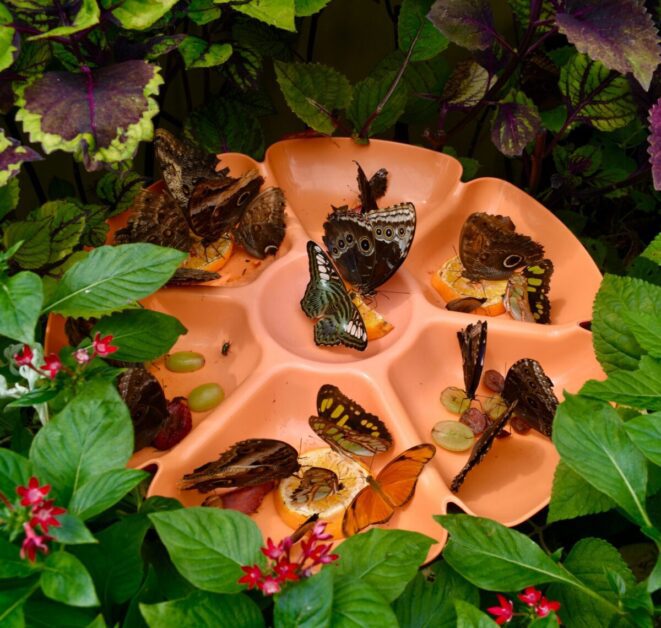
Heading 6: Incorporating Water Features
When incorporating water features into your butterfly garden, it is essential to provide various options that cater to the different needs of butterflies. One way to do this is by including shallow dishes with pebbles where butterflies can land to drink water. Additionally, consider adding a small birdbath or a shallow pond with rocks for butterflies to perch on while taking a sip of water. These features not only serve as hydration stations but also add visual appeal to your garden.
Another important aspect to keep in mind when incorporating water features is to ensure that the water source is clean and fresh. Stagnant water can become a breeding ground for mosquitoes and other pests, which can be harmful to both butterflies and other beneficial insects in your garden. Regularly cleaning and refilling the water features will help maintain a healthy environment for butterflies to thrive and enjoy their visits to your garden.
Heading 7: Avoiding Pesticides and Herbicides
Pesticides and herbicides are commonly used in conventional gardening practices to control pests and weeds. However, these chemicals can have detrimental effects on the environment, including harming beneficial insects like butterflies. Avoiding pesticides and herbicides in your butterfly garden is essential to creating a safe and sustainable habitat for these delicate creatures. Instead, consider natural alternatives such as companion planting, beneficial insect releases, and manual removal of pests to maintain a healthy balance in your garden ecosystem.
By eliminating the use of pesticides and herbicides, you not only protect the butterflies in your garden but also safeguard other pollinators, soil microorganisms, and wildlife in the surrounding ecosystem. These chemicals can leach into the soil, contaminate water sources, and have long-lasting impacts on biodiversity. Embracing organic gardening methods and integrated pest management practices can help foster a harmonious environment where butterflies can thrive naturally without the risks associated with synthetic chemicals.
Here in the table some pesticides are given that should be avoided in butterfly garden:
| Pesticide | Harmful Effects on Butterflies |
|---|---|
| Glyphosate | Linked to habitat destruction and harm to non-target plants that serve as food sources for butterflies. |
| Chlorpyrifos | Highly toxic to bees and other beneficial insects, can also harm butterfly larvae upon ingestion. |
| Malathion | Toxic to a wide range of insects, including butterflies, and can persist in the environment. |
| Carbaryl | Highly toxic to butterflies, particularly in the larval stage, and poses risks to other beneficial insects. |
| Permethrin | Toxic to bees, butterflies, and other pollinators, and can have long-lasting effects on the environment. |
| Imidacloprid | Systemic insecticide that can harm butterflies through ingestion of contaminated nectar or leaves. |
| Acephate | Highly toxic to butterflies, especially in the larval stage, and poses risks to other beneficial insects. |
Heading 8: Ensuring Proper Drainage
Proper drainage is crucial for the health and success of your butterfly garden. Excess water can lead to waterlogged soil, which can suffocate plant roots and promote disease. To ensure adequate drainage, consider installing raised beds or incorporating organic matter such as compost to improve soil structure. Additionally, you can use permeable materials like gravel or mulch to help water flow away from the garden area.
Ensuring proper drainage not only prevents waterlogging but also helps maintain the balance of nutrients in the soil. Without good drainage, essential nutrients can get washed away, depriving plants of necessary sustenance. By creating channels for excess water to escape, you can support the growth and vitality of your butterfly-attracting plants, ultimately enhancing the beauty and biodiversity of your garden.
Heading 9: Maintaining a Healthy Soil
To maintain a healthy soil in your butterfly garden, it is essential to focus on the composition and quality of the soil. Soil health plays a crucial role in providing essential nutrients to the plants and ultimately attracting butterflies to your garden. One key aspect of maintaining healthy soil is ensuring proper drainage to prevent waterlogging, which can lead to root rot and other issues. Additionally, incorporating organic matter such as compost can improve soil structure, increase nutrient availability, and support beneficial soil organisms that contribute to overall soil health.
Furthermore, monitoring the pH level of the soil is crucial for the successful growth of plants in your butterfly garden. Different plants have varying pH preferences, so it is important to adjust the soil pH accordingly to meet the specific needs of the plants you have chosen. By regularly testing and maintaining the soil’s pH levels, you can create an optimal environment for both plant growth and the attraction of butterflies to your garden.
Heading 10: Attracting Butterflies with Colorful Flowers
Colorful flowers play a crucial role in attracting butterflies to your garden. These vibrant blooms act as beacons, drawing in these graceful insects with their striking hues and sweet nectar. Butterflies have a keen sense of color vision, and they are particularly attracted to shades such as red, orange, yellow, and purple. By planting a variety of colorful flowers that bloom at different times of the year, you can create a continuous food source for butterflies while adding beauty to your outdoor space.
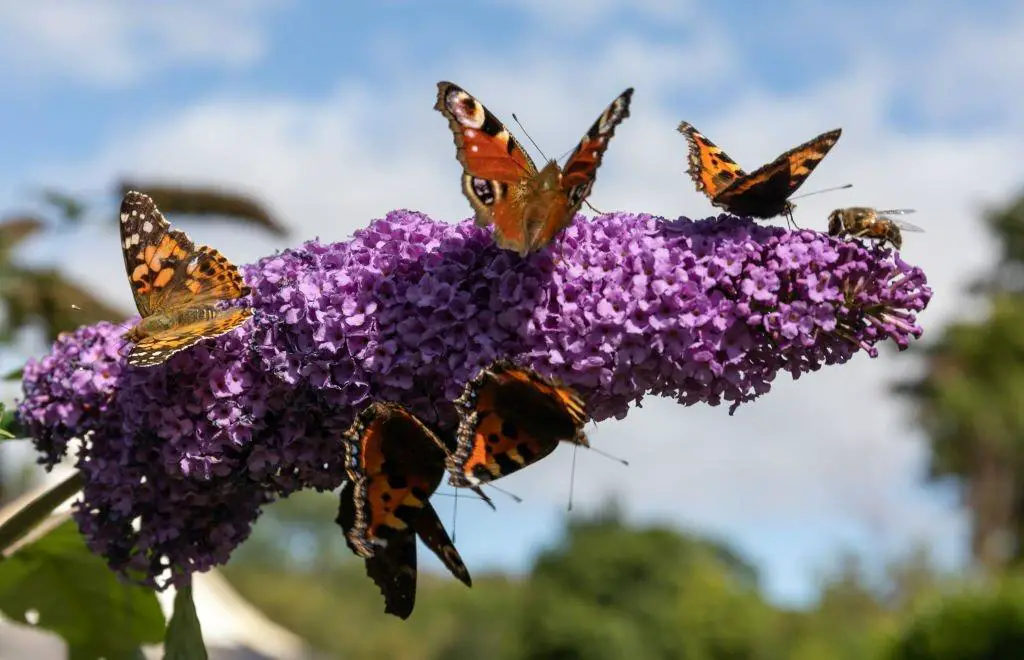
Some of the most popular flowers for attracting butterflies include milkweed, coneflowers, lantanas, salvias, and zinnias. These flowers not only provide nourishment for butterflies but also offer a visually appealing display of colors that can enhance the aesthetic appeal of your garden. By incorporating a diverse selection of vibrant flowers, you can create a welcoming haven for butterflies while enjoying the delightful sight of these winged creatures fluttering amidst a palette of colors.
Heading 11: Considering the Lifecycle of Butterflies
Understanding the lifecycle of butterflies is crucial when planning a butterfly garden. Butterflies undergo a complete metamorphosis consisting of four stages: egg, larva (caterpillar), pupa (chrysalis), and adult. Each stage plays a vital role in ensuring the survival and reproduction of these delicate creatures. By considering the diverse needs of butterflies throughout their lifecycle, you can create a garden that provides essential resources at every stage of development.
Caterpillars, the larval stage of butterflies, have specific dietary requirements and often feed on particular host plants. Including these host plants in your garden is essential to support caterpillar growth and development. By incorporating a variety of host plants that cater to different butterfly species, you can attract a diverse range of butterflies to your garden and promote biodiversity. Additionally, understanding the specific host plants preferred by local butterfly species can help tailor your garden to meet their specific needs and enhance their chances of successful reproduction.
Heading 12: Including Host Plants for Caterpillars
Including host plants for caterpillars in your butterfly garden is crucial for supporting the full life cycle of these beautiful insects. Caterpillars have specific plant preferences depending on their species, so it’s important to research and select the right host plants to attract and sustain them. For instance, Monarch butterflies rely on milkweed plants as their host, while Swallowtail butterflies favor dill, parsley, and fennel. By incorporating a variety of host plants into your garden, you can provide a diverse habitat that supports a range of butterfly species.
Caterpillars feed exclusively on host plants during their larval stage, making it essential to have these plants available for their growth and development. Including host plants not only ensures that caterpillars have a food source but also creates a thriving ecosystem within your garden. Observing caterpillars munching on their favorite host plants can be a rewarding experience and a sign that your garden is successfully supporting the butterfly life cycle. Remember to research the specific host plant preferences of the butterflies in your region to attract a diverse array of species to your garden.
Heading 13: Adding Butterfly Feeders
Butterfly feeders are a wonderful addition to any butterfly garden, offering a supplemental food source for these delicate insects. By providing a feeder, you can attract a wider variety of butterfly species to your garden, allowing you to observe and enjoy their beauty up close. These feeders typically consist of a mixture of nectar, water, and sometimes overripe fruits to mimic the natural food sources that butterflies seek out in the wild.
When selecting or making a butterfly feeder, it’s essential to consider the design to ensure that it is easy for butterflies to access the food. A shallow dish filled with the nectar solution can attract butterflies while also preventing them from drowning. Placing the feeder in a sunny, sheltered spot will make it more visible to butterflies and help keep the food fresh. Remember to clean the feeder regularly to prevent the growth of harmful bacteria that could be detrimental to the butterflies visiting your garden.
Heading 14: Monitoring and Controlling Garden Pests
When it comes to monitoring and controlling garden pests in your butterfly garden, it’s essential to take a proactive approach to ensure the health and wellbeing of your plants and visiting butterflies. Regularly inspect your garden for any signs of pest infestations such as holes in leaves, discolored foliage, or chewed flowers. By catching these issues early on, you can prevent widespread damage and address the problem swiftly.
To control garden pests without harming butterflies or other beneficial insects, consider using natural predators like ladybugs, lacewings, or predatory mites. These insects can help keep pest populations in check without the need for chemical pesticides, which can have harmful effects on the environment and butterfly populations. Additionally, practicing good garden hygiene by removing fallen leaves and debris can help eliminate hiding spots for pests and reduce the likelihood of infestations. By staying vigilant and employing these environmentally-friendly pest control methods, you can maintain a thriving butterfly garden that supports a diverse range of wildlife.
The table below shows the potential pests in butterfly garden:
| Pest | Description |
|---|---|
| Caterpillars | Larval stage of butterflies and moths; they may feed on leaves and flowers, potentially causing damage. |
| Aphids | Small, soft-bodied insects that suck sap from plants; they can weaken plants and transmit diseases. |
| Whiteflies | Tiny, white insects that feed on plant sap; they can cause wilting, yellowing, and leaf drop in infested plants. |
| Spider Mites | Tiny pests that suck sap from plants, causing stippling, yellowing, and webbing; they thrive in dry conditions. |
| Thrips | Small, slender insects that feed on plant sap; they cause stippling, distortion, and silvering of leaves. |
| Slugs and Snails | Mollusks that feed on plant foliage, leaving irregular holes and slime trails; they thrive in damp conditions. |
| Cabbage Worms | Larvae of cabbage butterflies; they feed on cabbage family plants, causing holes and damage to leaves. |
| Japanese Beetles | Metallic green beetles that feed on foliage, flowers, and fruit; they can skeletonize leaves and cause damage. |
| Scale Insects | Small, immobile pests that attach to plant stems and leaves, sucking sap and causing yellowing or dieback. |
Heading 15: Enjoying the Beauty and Benefits of Your Butterfly Garden.
Creating a butterfly garden can bring immense joy and numerous benefits to both the environment and your well-being. As you watch these delicate creatures flit and flutter amidst the vibrant blooms, you’ll experience a sense of peace and tranquility that can be truly uplifting. The beauty of a butterfly garden goes beyond aesthetics; it serves as a valuable habitat for pollinators, contributing to the overall health of local ecosystems.
Moreover, the presence of butterflies in your garden can act as a natural pest control measure, helping to maintain a balance in the ecosystem. As these winged wonders visit your garden to feed and rest, they assist in pollinating flowers and crops, aiding in the reproduction of plants. By creating a welcoming space for butterflies, you not only enhance the biodiversity of your surroundings but also contribute to the conservation of these important pollinators. So, take a moment to sit back, relax, and marvel at the beauty and benefits of your butterfly garden.
Get all your answers about butterfly garden by watching this video.
Can I attract butterflies to my garden using artificial feeders?
Yes, you can attract butterflies to your garden by using butterfly feeders filled with nectar or fruit juices. This can be a great way to supplement their natural food sources.
How can I protect my butterfly garden from predators?
To protect your butterfly garden from predators, you can install physical barriers like netting or fences around your garden. You can also encourage natural predators of garden pests, such as birds and beneficial insects, to help keep the ecosystem in balance.
Is it possible to create a butterfly garden in a small urban space?
Yes, you can create a butterfly garden in a small urban space by using containers or raised beds to plant native flowers and host plants. Even a small balcony or rooftop can attract butterflies with the right plants and features.
Can I use organic fertilizers in my butterfly garden?
Yes, you can use organic fertilizers in your butterfly garden to promote healthy plant growth without harming butterflies or other beneficial insects. Look for natural fertilizers like compost, manure, or organic plant-based products.
What are some additional benefits of having a butterfly garden?
In addition to attracting beautiful butterflies, a butterfly garden can also benefit the environment by supporting pollinators, improving biodiversity, and creating a peaceful and relaxing outdoor space for you to enjoy.

